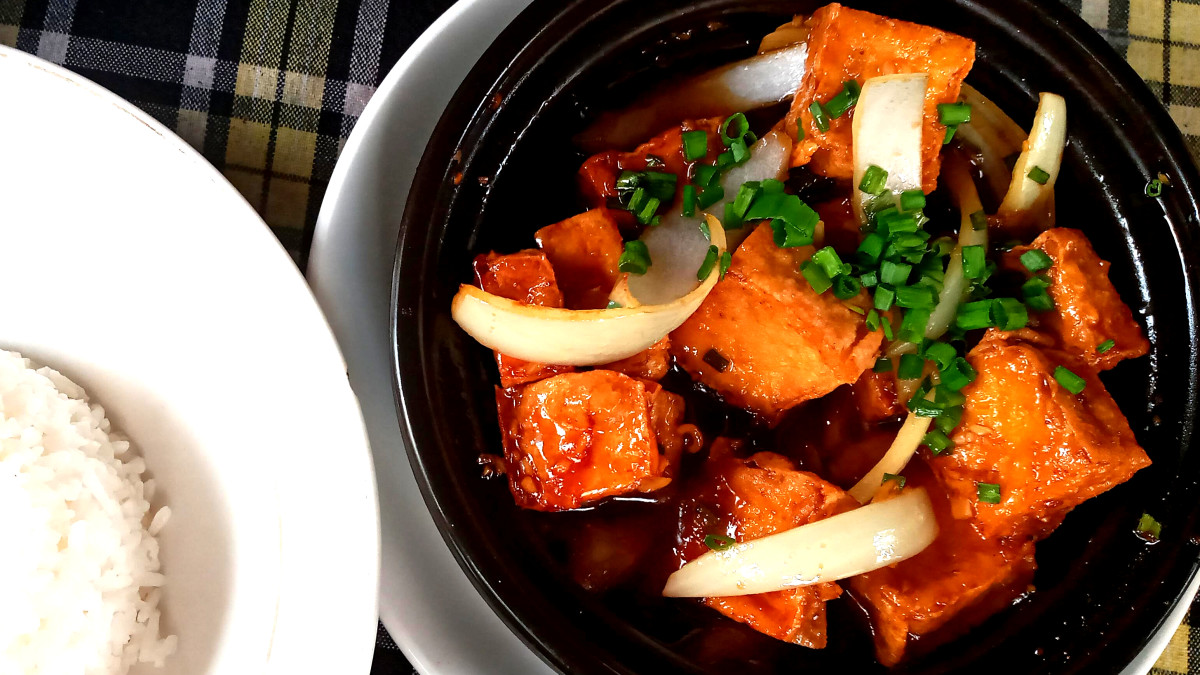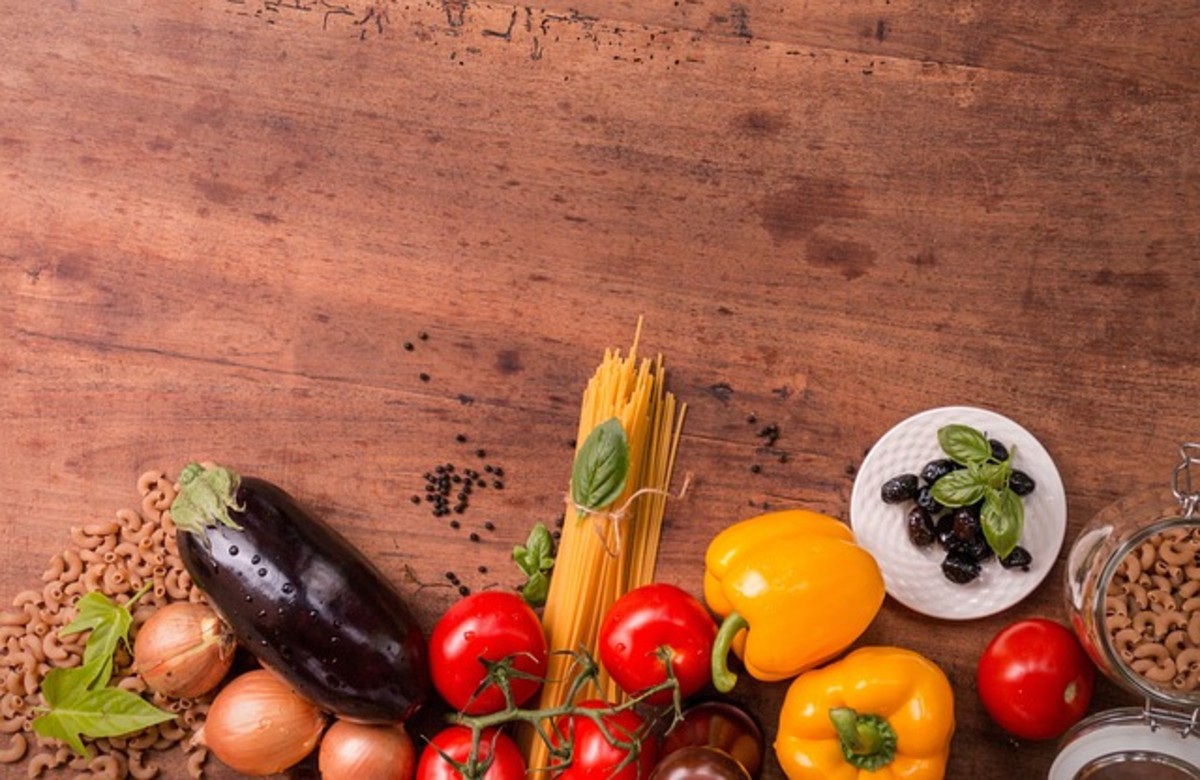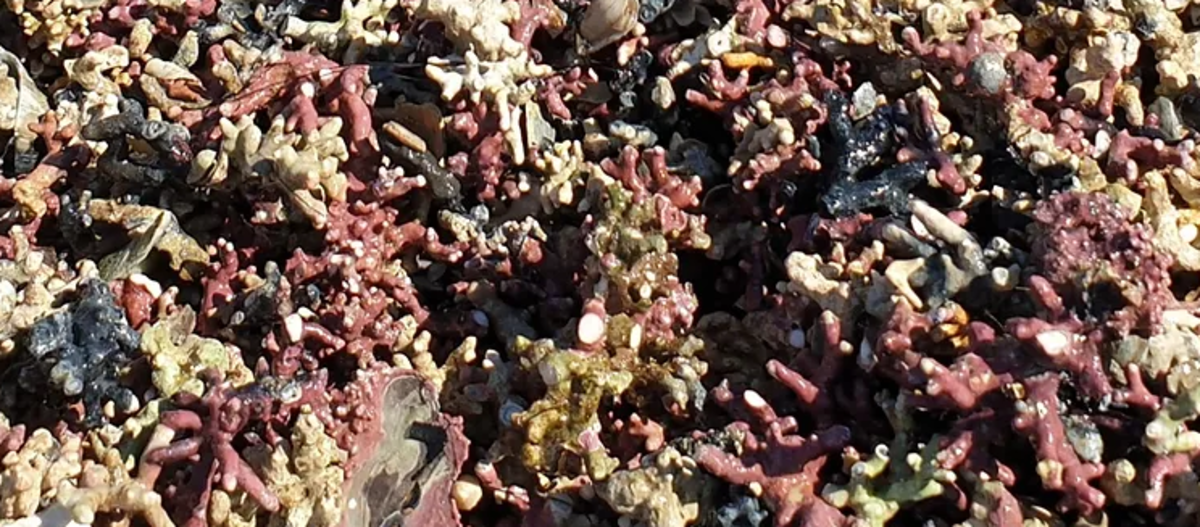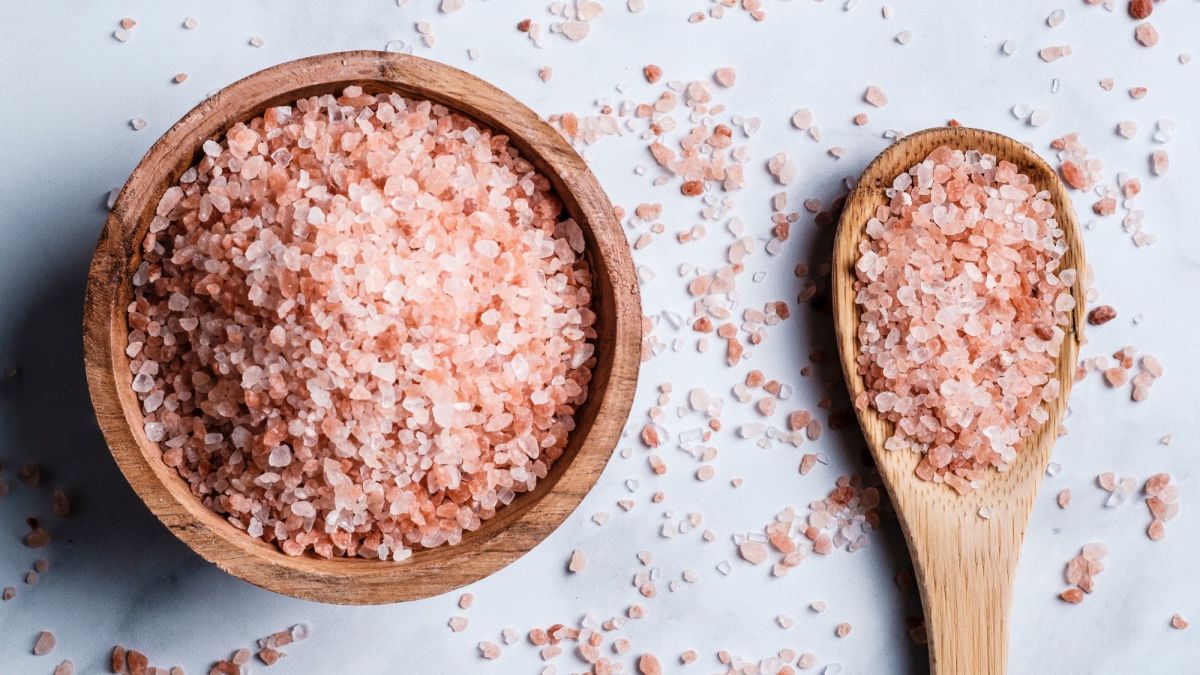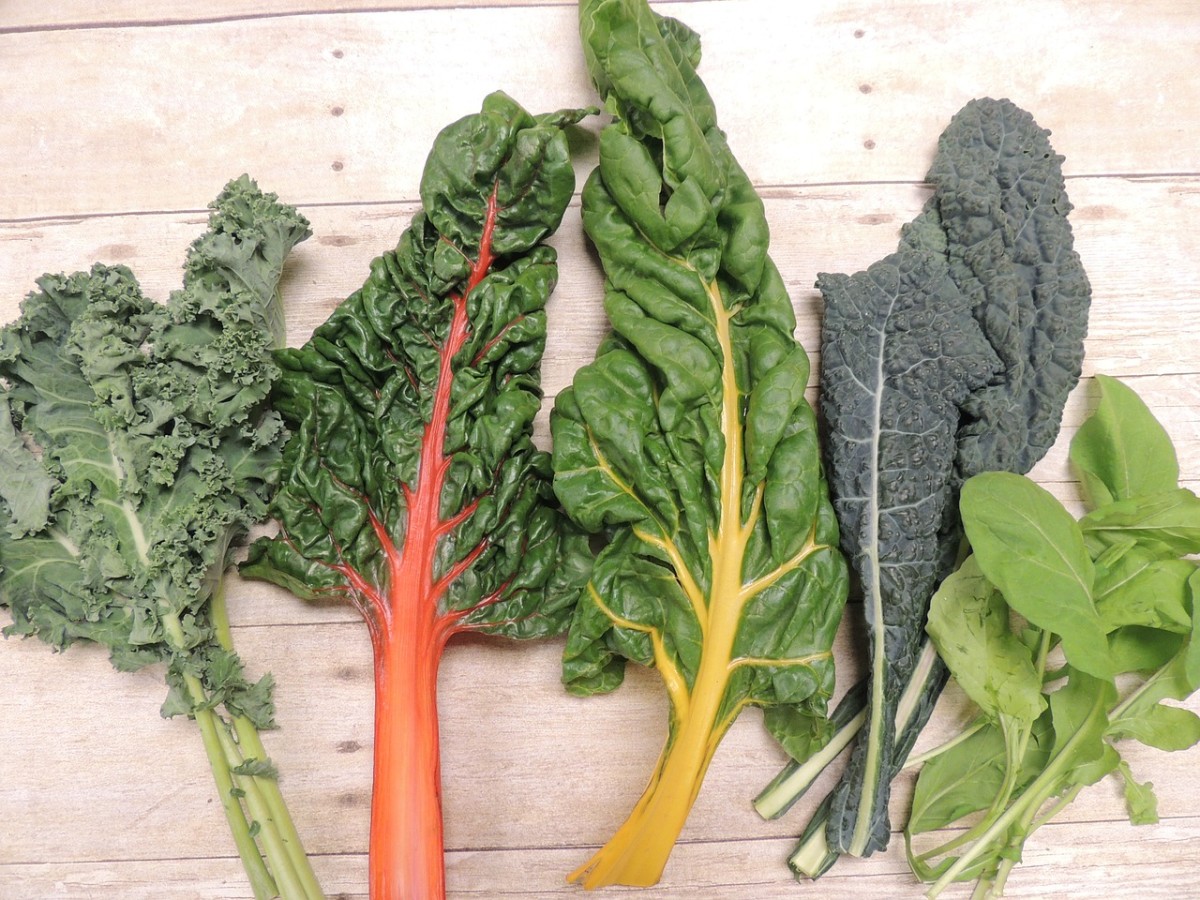Non-dairy Sources of Calcium

Most of us are aware that milk is a great source of calcium. However, not everyone is able to tolerate dairy. When that is the case, how are we supposed to get the 1,000 to 1,200 milligrams of calcium our bodies need each day?
It turns out that there are many alternatives. Not every culture in the world consumes dairy products, yet most are able to meet their basic nutritional needs. We can do it too.
Nettle
The idea of consuming the stinging nettle plant is intimidating to some, but don't worry, nettle loses its sting when dried or cooked. Nettle has been consumed as a nutritious food and herbal remedy for thousands of years.
Throughout history, people knew that nettles were just plain good for you. Today, we know they are loaded with minerals, vitamins, and antioxidants. Recently, nettles have become well known for their calcium content, estimated to be 500 milligrams per cup of strong infusion. This amazing plant is also a rich source of iron, potassium, phosphorus, and vitamins D and K.
It is important to prepare nettle infusion properly to extract all of the valuable nutrients. If prepared the usual way with a tea bag steeped in boiling water for a few minutes, the resulting brew will only have 5 to 10 milligrams of calcium. To extract the estimated 500 milligrams per cup, you will need to steep about 1/4 cup, or one large handful, of dried nettles in a quart of boiling water for at least 4 hours or, ideally, overnight. This should result in a brew so dark green that it is almost black.
If you are lucky enough to have nettles growing as a weed in your backyard, you can very carefully clip them, rinse and throw into a pot of boiling water. The resulting cooked greens are mild and delicious and can be used like spinach. Try tossing with pasta or adding to an omelet.
To extract the estimated 500 milligrams per cup, you will need to purchase bulk dried nettle versus teabags and steep about 1/4 cup in a quart of water for at least 4 hours or overnight.
Fish With Bones
This includes canned salmon, sardines and mackerel as well as some types of dried fish. Canned salmon, for example, has 212 milligrams per 3 ounce serving, while anchovies have 197 milligrams. Sardines, a traditional food of the healthy Mediterranean diet, top the charts with 325 milligrams per 3 ounce serving. Dried salt cod is another rich source. As an extra benefit, most of these fish are also rich sources of omega-3 oils.
Try making salmon croquettes from canned salmon or, for a real treat, learn to make Jamaican or Portuguese salt cod fritters.

Seaweed
In his book, Healing with Whole Foods, Paul Pitchford tells us, "Sea plants contain ten to twenty times the minerals of land plants. . . .in fact, they contain the greatest amount and broadest range of minerals of any organism."
In terms of calcium, wakame, the seaweed found in traditional miso soup, has a whopping 1,300 milligrams in 3.5 ounces. Kelp has 1,099 milligrams. Hijiki, used in many Japanese dishes, tops the charts with 1,400 miligrams. Other rich sources include kombu, agar-agar, and nori, the seaweed used to wrap sushi rolls.
If this isn't an excuse to go out for Japanese food, I don't know what is. Also, consider keeping seaweed flakes on your kitchen counter and regularly sprinkle on food. Dulse flakes are mild flavored for those who are not used to stronger seaweed taste.
Note that not everyone is able to digest large amounts of seaweed on their first go. Those who eat seaweed regularly develop the gut bacteria needed to break it down. The rest of us need to start slowly.

Leafy Greens
We've been told time and again to eat our leafy greens and for good reason. Among their laundry list of health benefits, dark green, leafy vegetables contain a considerable amount of calcium. Parsley tops the list with 203 miligrams per 3.5 ounces, followed by turnip greens, watercress, kale, collard greens, and Chinese cabbage in descending order.
The only exceptions are spinach, chard and beet greens, which, although good for you, contain compounds called oxalates that block the absorption of calcium. Cooking helps to diminish oxalate content, so you don't need to strictly avoid these foods unless you have severe calcium deficiency or kidney stones.
Nuts and Seeds
Almonds contain 233 milligrams of calcium per 3.5 ounce serving. Hazelnuts come in a close second, with 209 milligrams. Other calcium-rich nuts and seeds include Brazil nuts, sunflower seeds, pistachios, and sesame seeds. Nuts are also a good source of healthy fats and vitamin E. Brazil nuts are a noted source of selenium, a powerful antioxidant.
Try spreading some almond butter on apple slices or get a seed grinder for your kitchen counter. Sesame makes a wonderful garnish for many dishes.

Beans
North Americans used to consume a good amount of beans until the prosperous post-war era, when they became associated with the poverty of the Great Depression. Now able to afford meat on a regular basis, most families turned their noses up at the lowly legume.
Unfortunately, we threw a valuable source of calcium, fiber and other nutrients out of our diets. Chickpeas have 150 milligrams of calcium per 3.5 ounces, while black and pinto beans contain 135 milligrams.
If you think beans are boring, look to cultures that have mastered the art of bean preparation. Indian, Mexican, and East African cuisines, for example, contain endless inspiration. These bean-eating cultures also hold the secrets to making beans easily digestible--proper soaking and cooking as well as consumption with digestive spices.
If you want bonus points for calcium consumption, go for hummus. It contains both beans and sesame seed paste.
Conclusion: Milk Versus Non-Dairy Sources
To wrap up, it is easy to see that our daily calcium needs can be met without dairy products. Compared to the calcium values described in the foods above, milk's 119 milligrams per 3.5 ounce serving isn't so impressive.
If you are able to tolerate fermented or aged dairy, brick cheese is, indeed, a champion calcium source with 800 milligrams per 3.5 ounces. Yogurt is also a much richer source than plain milk.
However, with the help of green foods and herbs, fish, seaweed, and nuts, even a completely dairy-free diet can be rich in calcium.
Copyright Emily L Snelling 2011.
Sources: Healing with Whole Foods by Paul Pitchford 2003,
The New Menopausal Years by Susan S. Weed 2002,
http://www.susunweed.com/Article_Pregnancy_Problems.htm,
http://bayerhearts.com/Calcium/Foods/Fish-Shellfish.aspx, http://www.vegetarian-nutrition.info/updates/benefits-of-green-leafy-vegetables.php
This content is accurate and true to the best of the author’s knowledge and does not substitute for diagnosis, prognosis, treatment, prescription, and/or dietary advice from a licensed health professional. Drugs, supplements, and natural remedies may have dangerous side effects. If pregnant or nursing, consult with a qualified provider on an individual basis. Seek immediate help if you are experiencing a medical emergency.


